

Vice-Admiral Harry DeWolf: A Canadian Naval Legend
The history of Canada's navy is rich with fascinating characters who dedicated their lives to the service of our country. They fought battles in the pitch of night, experienced and lived through wars and conflicts, and ensured the continued existence and development of our navy through their own personal sacrifice and devotion. Vice-Admiral Harry George DeWolf, the most highly decorated Canadian naval officer of the Second World War, served from Sept. 22, 1918 to May 25, 1961, and his 42 years of superb service to Canada epitomized the spirit of adventure we all seek.
At the tender age of 14, he left home to attend the Royal Naval College of Canada in Esquimalt, B.C. He remained at the college for three years and was sent to England as a midshipman to serve in HMS Resolution. After two years and four months he was promoted to Sub-lieutenant, took a course at the Royal Naval College in Greenwich, and spent six months studying gunnery, torpedoing and navigation. In the summer of 1925 he returned to Canada and joined HMCS Patriot, one of Canada's two destroyers (the whole Canadian navy at that time was comprised of two destroyers, a couple of minesweepers and a total complement of 500 officers and men). Early in 1930 , now Lt(N) DeWolf took command of the minesweeper training ship Festubert, operating from Halifax, a post he held for two years. In May 1931 he married Gwendolen Gilbert of Somerset, Bermuda. In 1932 the young DeWolf was posted to HMCS Vancouver, and the following year to HMCS Skeena (Canada now had four destroyers). In July 1935 he was called to service at National Defence headquarters in Ottawa where he was made assistant director of intelligence and plans, and was promoted Lieutenant Commander.
Convoy Duty in HMCS St. Lauren
When war broke out, DeWolf was appointed commanding officer of HMCS St. Laurent, and in that capacity did convoy duty out of Halifax until 1940. The ship was then ordered to England to assist with the evacuation of British and French troops from France following Dunkirk. While on anti-submarine duty in the North Atlantic, "Sally", (Sally Rand) was her full nom de guerre after the famous fan dancer of the day) rescued all 859 oil soaked survivors of the SS Andora Star, a liner that had been torpedoed by a U-boat.
With the St. Laurent a sitting duck in U-boat infested waters, her seaman, both in the ship's boats and over the side on the scramble nets, hauled in the survivors. Nearly all, as it turned out, were German and Italian prisoners bound for internment in Canada. DeWolf was twice mentioned in dispatches during this period. Before being relieved in July 1940, St. Laurent became the first Canadian ship to exchange shots with the King's enemies when she engaged a field battery of General Irwin Rommel's "Ghost" division near Ste. Valery-en-Caux on the Channel coast of France.
Rode a Live Torpedo Many years after the war, in the summer of 1960, Vice-Admiral DeWolf related the following HMCS St. Laurent story after being prompted by Admiral Rayner. "The mechanism of a live, armed torpedo was being painted by a sailor, who first lifted the safety catch to paint underneath it, and then lifted the firing handle to paint under that. The torpedo fired, naturally, and ran wild on deck," he said. "It slammed into the deck house, bounced off and kept changing around. Everybody, including me, was scared. The decks cleared pretty rapidly. Since we thought we were all going up any second, Petty Officer Ridge and myself decided to try and tame the torpedo. We got astride it. It was as slippery as a greased pig and we thought its propeller might cut our feet off. We rode and guided it over the rail and stuck one leg over the rail to hold it steady. The propeller was making a tremendous racket on the iron deck. We finally managed to release the air cock (the torpedo was driven by compressed air). We still had a live torpedo. When we got to port (in the United Kingdom) we hoisted it on the wall and left it there. I reported to headquarters, but I don't know what became of the torpedo."
HMCS HAIDA - One Canada's Most Famous Ships
In August 1943, DeWolf, who was promoted commander in 1940, was named commanding officer of the newly commissioned HMCS Haida, a Tribal class destroyer with a crew of 275 officers and men. "We had no facilities for training," he later said. "As we found a crew for a corvette we'd send an officer to sea the first day with them to show them what to do. It was almost as simple as that." Thus it was that on the night of April 25, 1944, at 2 a.m., Haida, three other Tribals and the cruiser HMS Black Prince were making a sweep off the Brittany coast when they fell in with three Elbing-class destroyers. Haida and HMCS Athabaskan went in pursuit of a single enemy ship, T-29, which they blasted to a blazing wreck until she went down. Shortly thereafter DeWolf was awarded the Distinguished Service Cross (DSC) for services in action when, on June 8-9, 1944, he made contact with a powerful Narvik-class destroyer, Z-32, which he drove ashore on the Ile-de-Bas by gunfire after an all night action.
Return To Ottawa
In September 1944, newly promoted Capt(N) DeWolf was once more called to Ottawa and made assistant chief of naval staff. In January 1946 Acting Commodore DeWolf was invested with the Insignia of Commander (Military Division) of the Most Excellent Order of the British Empire for his wartime services. In May 1946 he received the United States Legion of Merit, Degree of Officer.
From January 1947 to September 1948 DeWolf commanded both aircraft carriers HMCS Warrior and HMCS Magnificent, with additional appointment of senior Canadian naval officer afloat. In September 1947, the French government conferred on him the Cross of the Legion of Honour, rank of Officer, and in December 1948 he was awarded the Norwegian King Haakon VII Cross of Liberation. In September 1948 he was promoted rear-admiral, appointed flag officer Pacific coast and, after two years, was posted to Ottawa and appointed Vice-Chief of naval staff and a member of the naval board. On Dec. 15, 1952 Rear-Admiral DeWolf was sent to Washington as the principal military adviser to the Canadian ambassador, chairman of the Canadian joint staff, Washington representative of the chiefs of staff, Canadian representative of the military representatives committee of the North Atlantic Treaty Organization and Canadian liaison representative to the Supreme Allied Commander, Atlantic.
DeWolf became chief of naval staff in Ottawa on Jan 16, 1956 and was promoted Vice-Admiral. He retired from the Royal Canadian Navy on July 31, 1960. On September 23, 1992, a 1.4 hectare park on the Bedford (Nova Scotia) waterfront was named the Admiral Harry DeWolf Park. Vice-Admiral DeWolf, passed away at his home in Ottawa on Dec 18, 2000 at age 97.
[This story appeared in the September 20/99 issue of Trident Newspaper. Credit is also extended to the archives at the Maritime Command Museum and "The Sea is at Our Gates" by Cdr. Tony German (Ret'd)]
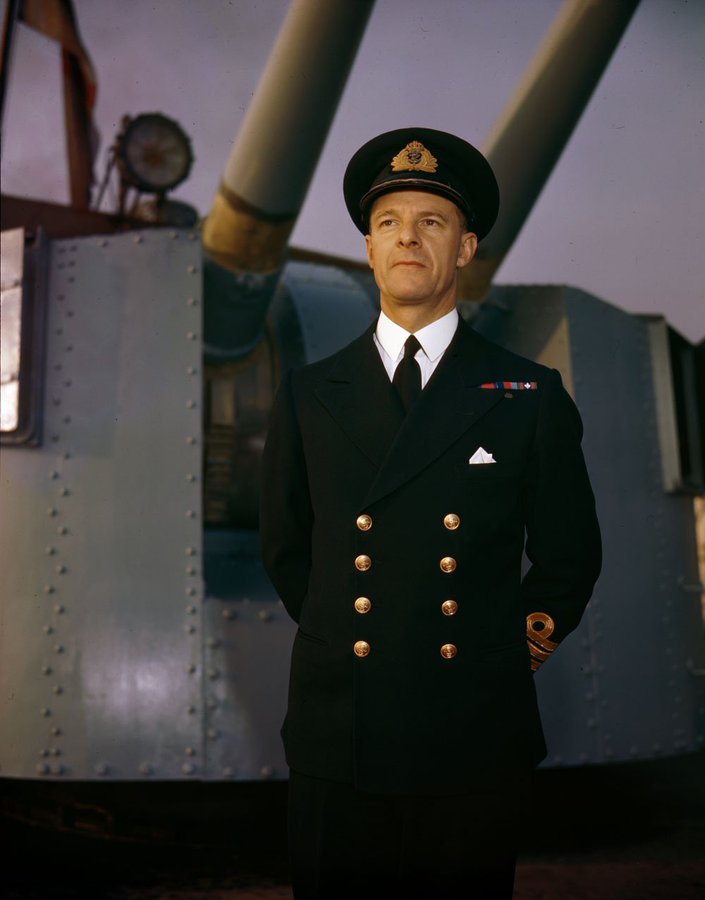 |
| Harry DeWolf in 1944. |
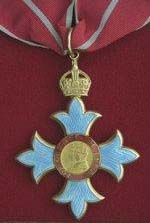 |
 |
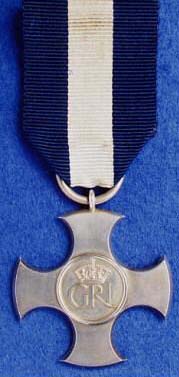 |
| CBE- Commander of the
Order Of The British Empire |
DSO - Distinguished
Service Order |
DSC - Distinguished Service Cross |
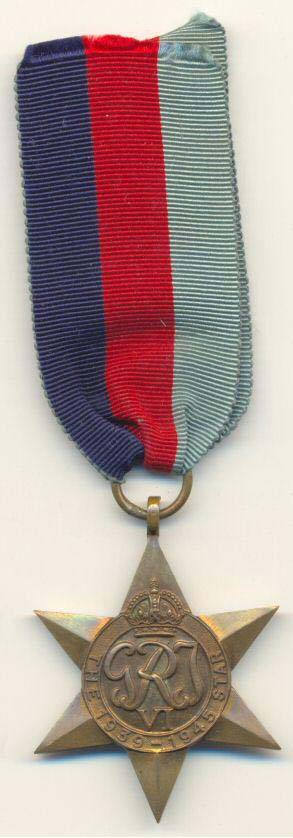 |
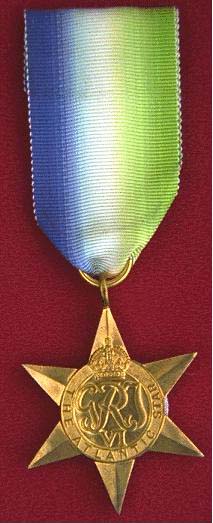 |
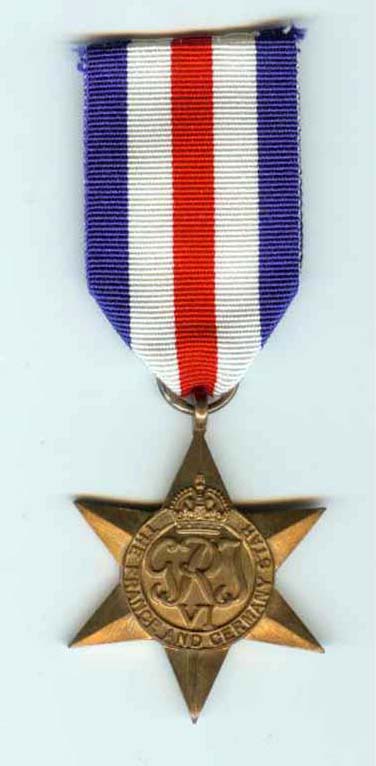 |
| 1939-1945 Star | Atlantic Star | France and Germany
Star. Worn as a bar on the Atlantic Star |
 |
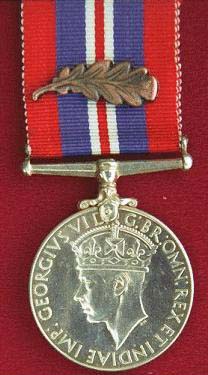 |
 |
| Canadian Volunteer Service Medal, Bar for overseas service | War Medal 1939-1945, Oak Leaf for Mentions In Dispatches (4) | Queen Elizabeth II
Coronation Medal |
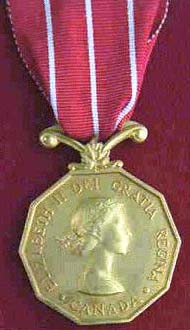 |
||
| Canadian Forces Decoration. With two clasps for 32 years or more or service. | ||
| Orders, Decorations and Medals of Vice-Admiral Harry George DeWolf, CBE, DSO, DSC, RCN (Submitted by Neil Bell) | ||
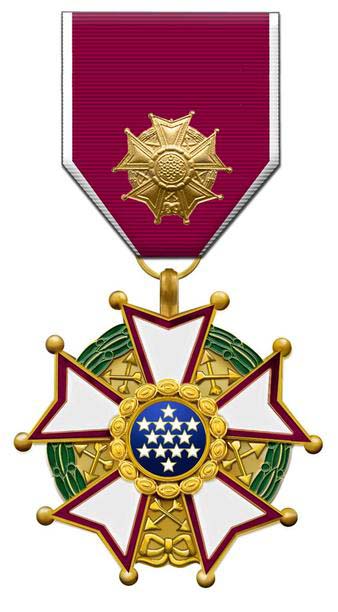 |
 |
| Officer of the Legion of Merit United States | Officer of the Legion of Honour - France |
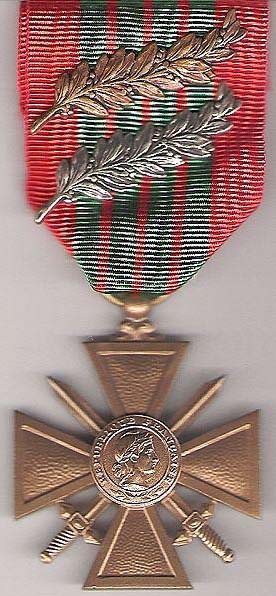 |
 |
| Croix de Guerre avec Palme de Bronze France | King Haakon VIIs Cross of Liberty - Norway |
| Foreign Decorations - Worn after Canadian Orders, Decorations & Medals. (Submitted by Neil Bell) | |
A SUMMARY OF HARRY DEWOLF's SERVICE
Born 26 June 1903, Bedford, Nova Scotia
Naval Cadet RCN 22 September 1918 (Royal Naval College of Canada Ninth Term)
Aged 15, college in Esquimalt subsequent to Halifax Explosion 1917
Midshipman, RCN 01 September 1921 (Served on HMCS Guelph and HMS Resolution)
Acting Sub-Lieutenant, RCN 01 January 1924 (Royal Naval College Greenwich)
Sub-Lieutenant, RCN 01 July 1924 (Served on Cruiser HMCS Patriot)
Lieutenant, RCN 01 April 1926 (First Lieutenant on HMCS Vancouver)
Lieutenant-Commander, RCN 01 April 1934 (Commanding Officer of HMCS St. Laurent)
Commander, RCN 01 July 1940 (Staff Officer (Operations) CO Atlantic Coast)
Acting Captain, RCN 01 December 1941 (Chief Staff Officer to Commanding Officer Atlantic Coast)
Reverted to Commander, RCN 03 August 1943 (First Commanding Officer of HMCS Haida)
Captain, RCN 01 July 1944 to 18 Dec 44 (Commanding Officer of HMCS Haida)
Acting Commodore, RCN 01 December 1944 (Assistant Chief of Naval Staff)
Commodore, RCN 01 January 1947 (Commanding Officer HMCS Warrior and Senior Officer Afloat)
Rear-Admiral, RCN 08 September 1948 (Flag Officer Pacific Coast)
Vice-Admiral, RCN 16 January 1956 (Chief of Naval Staff)
Retired: 15 May 1961
Death: 18 Dec 2000 (aged 97) CBE
DSO sinking T-29 on 26 April 1944
DSC sinking Z-32 & ZH-1 on 9 June 1944 and M-263 & M-486 on 6 Aug 1944
39/45 Star
Atlantic Star with BAR France & Germany
CVSM and Clasp
39/45 War Medal with MID
o 1/1/41,
o 9/1/43 while CO of St Laurent during convoy duties & the evacuation of France
o 10/10/44 sinking Z-32 9 June 1944
o 14/11/44 sinking U-971 on 24 June 1944
EIIR Coronation
CD & 2 BARS
Officer, Legion of Merit (USA) Task Force twenty-four
Officer, Legion of Honour (France)
Croix de Guerre avec Palme en Bronze (France)
King Haakon's VII Cross of Liberty (Norway).
Nov 1/10